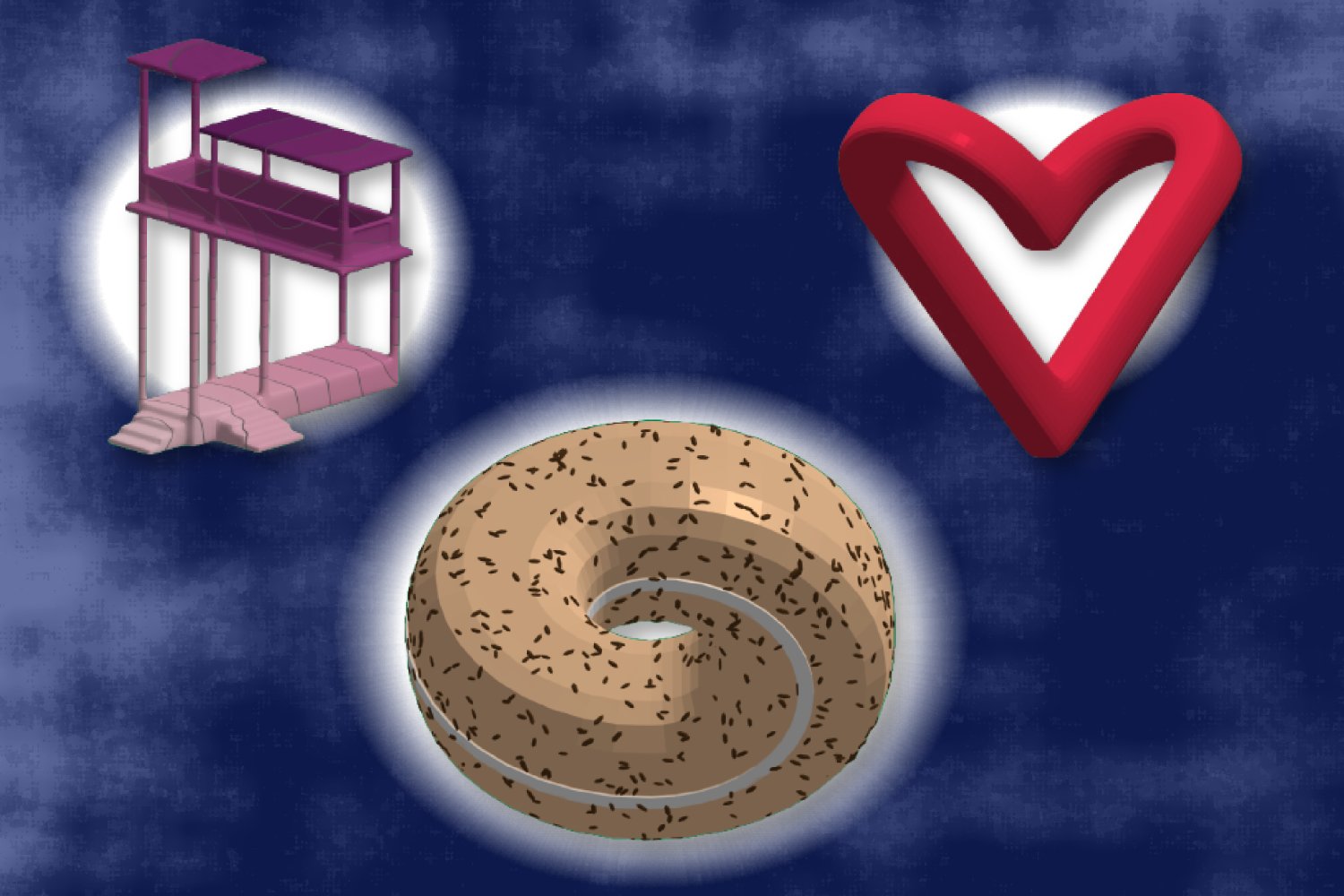Introduction to Impossible Objects
M.C. Escher’s artwork is a gateway into a world of depth-defying optical illusions, featuring “impossible objects” that break the laws of physics with convoluted geometries. What you perceive his illustrations to be depends on your point of view — for example, a person seemingly walking upstairs may be heading down the steps if you tilt your head sideways.
The Challenge of Recreating Impossible Objects
Computer graphics scientists and designers can recreate these illusions in 3D, but only by bending or cutting a real shape and positioning it at a particular angle. This workaround has downsides, though: Changing the smoothness or lighting of the structure will expose that it isn’t actually an optical illusion, which also means you can’t accurately solve geometry problems on it.
Meschers: A New Approach to Representing Impossible Objects
Researchers at MIT’s Computer Science and Artificial Intelligence Laboratory (CSAIL) have developed a unique approach to represent “impossible” objects in a more versatile way. Their “Meschers” tool converts images and 3D models into 2.5-dimensional structures, creating Escher-like depictions of things like windows, buildings, and even donuts. The approach helps users relight, smooth out, and study unique geometries while preserving their optical illusion.
Applications of Meschers
This tool could assist geometry researchers with calculating the distance between two points on a curved impossible surface (“geodesics”) and simulating how heat dissipates over it (“heat diffusion”). It could also help artists and computer graphics scientists create physics-breaking designs in multiple dimensions. Lead author and MIT PhD student Ana Dodik aims to design computer graphics tools that aren’t limited to replicating reality, enabling artists to express their intent independently of whether a shape can be realized in the physical world.
Making Impossible Objects Possible
Impossible objects can’t be fully replicated in 3D. Their constituent parts often look plausible, but these parts don’t glue together properly when assembled in 3D. But what can be computationally imitated, as the CSAIL researchers found out, is the process of how we perceive these shapes. The Meschers approach models’ locally consistent regions without forcing them to be globally consistent, piecing together an Escher-esque structure.
The Many Uses of Meschers
In addition to rendering impossible objects, Meschers can subdivide their structures into smaller shapes for more precise geometry calculations and smoothing operations. This process enabled the researchers to reduce visual imperfections of impossible shapes, such as a red heart outline they thinned out. The researchers also tested their tool on an “impossibagel,” where a bagel is shaded in a physically impossible way. Meschers helped Dodik and her colleagues simulate heat diffusion and calculate geodesic distances between different points of the model.
Conclusion
Meschers demonstrates how computer graphics tools don’t have to be constrained by the rules of physical reality. Incredibly, artists using Meschers can reason about shapes that we will never find in the real world. The tool can create optical illusions out of otherwise practical objects, making it easier for computer graphics artists to create impossible objects. Despite its versatility, Meschers is just the start for Dodik and her colleagues, who are considering designing an interface to make the tool easier to use while building more elaborate scenes.
FAQs
Q: What is Meschers?
A: Meschers is a tool developed by researchers at MIT’s Computer Science and Artificial Intelligence Laboratory (CSAIL) to represent “impossible” objects in a more versatile way.
Q: What can Meschers be used for?
A: Meschers can be used to assist geometry researchers with calculating the distance between two points on a curved impossible surface and simulating how heat dissipates over it. It can also help artists and computer graphics scientists create physics-breaking designs in multiple dimensions.
Q: How does Meschers work?
A: Meschers converts images and 3D models into 2.5-dimensional structures, creating Escher-like depictions of things like windows, buildings, and even donuts. The approach helps users relight, smooth out, and study unique geometries while preserving their optical illusion.
Q: What are the potential applications of Meschers?
A: The potential applications of Meschers include assisting geometry researchers, helping artists and computer graphics scientists create physics-breaking designs, and aiding computer graphics artists with tweaking the shading of their creations while preserving an optical illusion.











